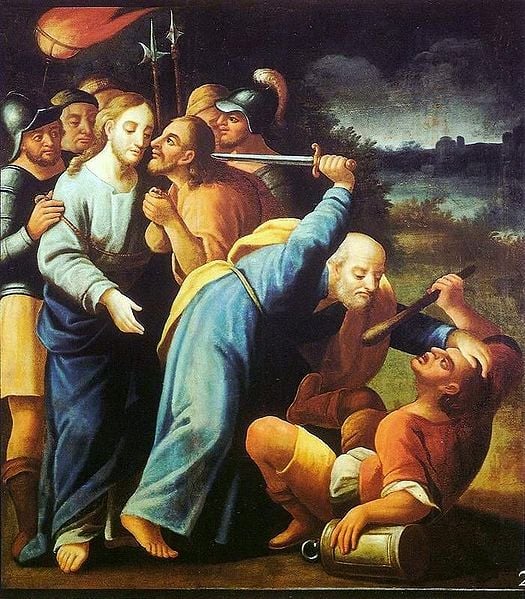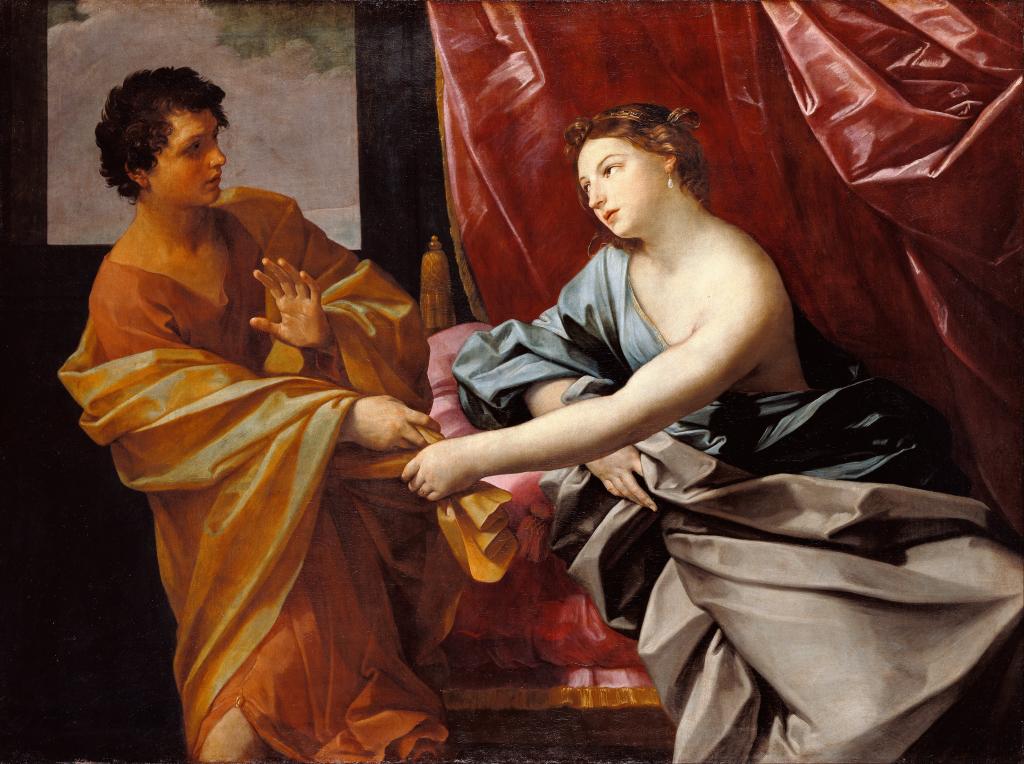“I am an assimilated American,” William Morris (“Wm”) recently wrote at the popular Mormon arts and culture blog, A Motley Vision. Citing his education, online social networking profile, eating habits, and a long list of eclectic interests, Wm unabashedly celebrated his assimilated status and expressed his own belief that all other Mormons in the United States are, too. “There’s no ‘And yet,’” he declared.
In a general sense, Wm is correct. There are now Mormons living in nearly every corner of the nation, and by almost all accounts, most Mormons go about their day-to-day lives as part and parcel of America’s patchwork society. Even the very tension that sometimes exists between Mormonism and American politics and culture is, as Ben Park explained in his inaugural post here at Peculiar People, a thoroughly American tale.
And yet, I cannot help but wonder about the nature and extent of that assimilation and of the place of Mormons in American society today. Assimilation, as I understand it, is a two-way street on which Mormon drivers must do more than simply cruise around the American neighborhood. The assimilated must not only feel at home, but the host culture must recognize and accept them as fully part of society. Historians typically point to the turn of the twentieth century as an era in which Mormons relegated their more controversial and outlandish beliefs and behaviors to yesteryear and began their move to the American mainstream. When that transition concluded—that is, when Mormons in America “assimilated”—is a more difficult question to answer.
From my point of view, that transition is open-ended and ongoing. Mormons are not yet fully assimilated Americans, even if they maintain otherwise. Consider, for example, some of the reporting on Mormon culture in widely read media outlets over the past year or two. Did you know that there are Mormon foodies? That they spend time on the internet blogging and social networking? There are even Mormon hipsters in New York City!
Don’t get me wrong—I think each of these articles has pointed to potentially worthwhile lens of analysis through which to view and understand the intersections of religious conviction and lived behavior and the changing nature of a minority group’s relationship with American culture. But instead of delivering such analysis, each of these articles seems only to drive home just how obscure and odd Mormons remain to the American public. There are currently over six million Mormons living in America, roughly the same number as America’s Jewish population and just less than the nation’s largest Protestant denomination, the Methodists. Can you imagine, though, an article on Jews who wear skinny jeans and flannel shirts? Or Methodism’s culinary culture?
No. Instead, the Mormons get lumped together with the Amish and Presbyterians in completing “the trifecta of unlikely hipsterdom.” And maybe the image most Americans have of Mormons and their culture is somewhere in between the sober and staid reputation of the Presbyterians and the small, clannish, and thoroughly unmodern Amish. Perhaps it is Mormons’ status as Presbyteriamish that makes not only their more outlandish beliefs but also their ironic mustaches and inventive recipes of interest to the public.
Which all leads me back to the nature of Mormon assimilation and the disconnect between Mormon and non-Mormon views of the subject. Are Mormons really assimilated if those instances in which they most look and behave like other Americans—those instances they use to assert their assimilated status—are used by others to not-so-subtly show how different they remain? Perhaps the relative obscurity Mormons have apparently maintained in American society has ironically allowed the myth of acceptance and assimilation to persist among Mormons themselves.











